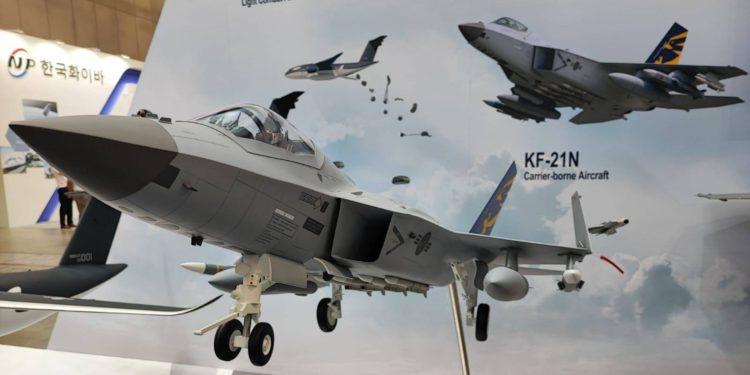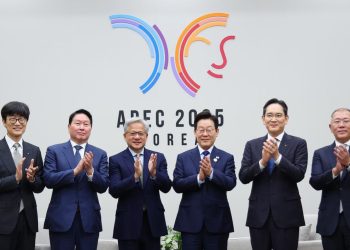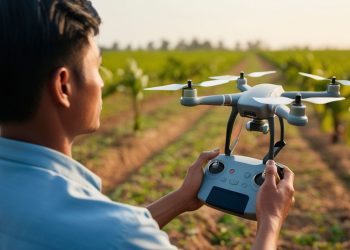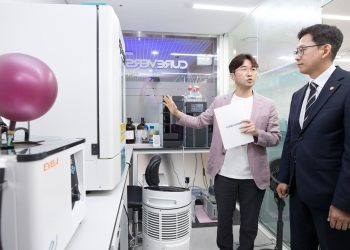South Korea has unveiled a new initiative to strengthen its defense industry by offering tax incentives to defense contractors. The aim is to encourage investment in defense technologies, including aircraft engines, military satellites, and drone integration systems.
This move is part of a broader Korea’s defense strategy to enhance arms exports and elevate South Korea’s status as one of the world’s leading arms exporters by 2027. With this, South Korea plans to advance its defense capabilities and innovation within the sector.
The Defense Acquisition Program Administration (DAPA) has introduced a new ordinance offering tax incentives to defense contractors engaged in research and development (R&D) and equipment procurement for advanced weapons systems.
These tax breaks, ranging from 6 to 18 percent, aim to stimulate investment in technologies vital for the development and testing of critical defense capabilities. Under this initiative, companies focusing on projects related to aircraft turbo engines, military satellites, and the integration of manned and unmanned systems will qualify for tax credits.
Effective immediately, the ordinance provides tax benefits to defense contractors investing in the design, assembly, and certification of advanced defense technologies. With this, Korea incentivizes R&D and equipment procurement in key areas such as aircraft engines and satellite systems.
With DAPA expanding its tax incentive program, the inclusion of the defense industry, it is expected to stimulate research, development, and investment within the sector.
According to DAPA Commissioner Seok Jong-gun, these incentives are intended to encourage investment in defense technologies and mitigate the financial risks associated with arms exports. By extending tax benefits to contractors, South Korea seeks to strengthen its capabilities and enhance its competitiveness in the global arms market.
The government’s strategy aligns with its broader goal of lifting regulatory barriers and providing financial support to promote weapons development and production. By leveraging the growing demand for its military hardware, including artillery, tanks, and fighter jets, South Korea aims to solidify its position as a leading arms exporter, demonstrating its commitment to advancing defense technology and strengthening national security.
The country’s collaboration with the United States on military drills, particularly those addressing North Korea’s nuclear threats, has led to the strategic importance of advancing capabilities in the Asia-Pacific region.
The tax incentive program represents a step forward for South Korea’s defense industry, potentially accelerating the development of military technologies. Projects like the KAI KF-21 Boramae development program, which has attracted interest from international partners such as Poland, the Philippines, and Peru, highlight South Korea’s emerging prominence in the global arms market.
As South Korea progresses towards its goal of becoming the world’s fourth-largest arms exporter by 2027, its approach to military technology development will shape regional and global security dynamics, attract attention from the international defense community.
Also Read:
- Zuckerberg’s South Korea Visit: Collaborating on AI and XR Technologies with LG and Samsung
- Naver’s HyperCLOVA X Claims to Outperform OpenAI and Google
- Samsung Joins Global AI-RAN Alliance to Spearhead 6G Technology
- LG Electronics Partners with Josun Hotels & Resorts to Develop Specialized Hospitality Robots







